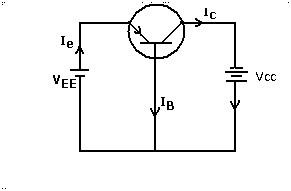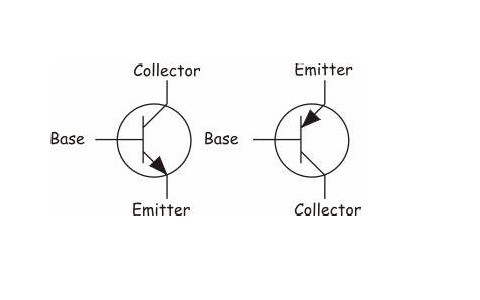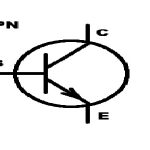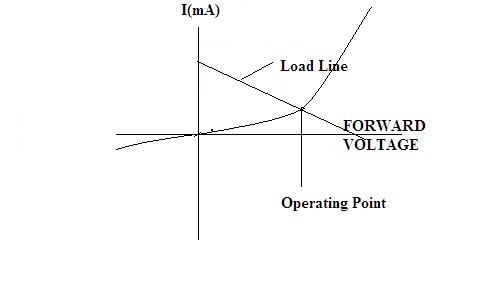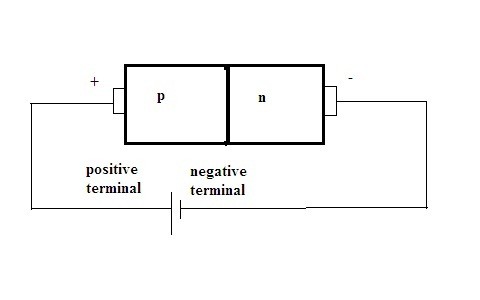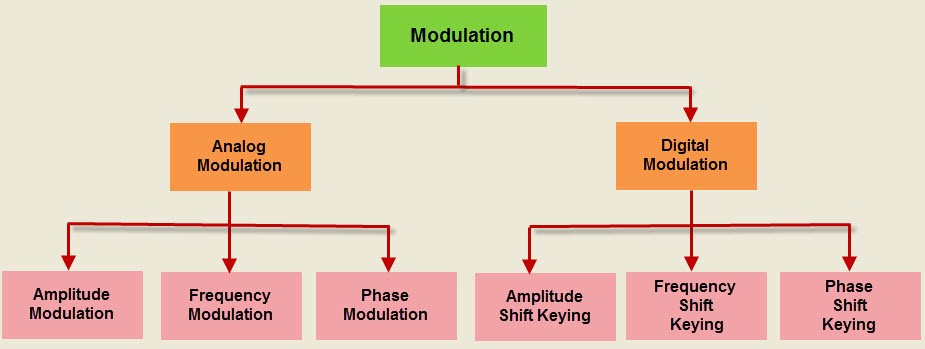Transistors are the basic equipment required for the formation of the devices. Hence the development of these transistors has been a replacement for the vacuum tubes. A basic transistor can be formed by the combination of the p-type semiconductor and the n-type semiconductor. This combination is sandwiched between one p-type and two n-types. The other combination is of two p-types and one n-type. Therefore N-P-N and the P-N-P transistors are formed. These transistors can be classified based … [Read more...]
Basics of Transistor, Working and Its Types
Transistors are also comes under the category of semiconductors. These are responsible for the revolutionary changes in the field of electronics. The first practical transistor was introduced in the year 1927 is known as point contact transistor by John Bardeen, Walter Brattain and William Shockley. The compression of the sizes of the electronic devices is only because of the invention of transistors.The word transistor can be split into two basic words. The very first one ‘trans’ is referred … [Read more...]
Basics of NPN Transistor – Construction & Its Working
NPN transistor is a type of bipolar junction transistor and it is the combination of two n-type and one p-type semiconductor. In this transistor, the p-type semiconductor is fixed in between both n-type semiconductors. Hence the two n-types are present in it. The majority of charge carriers of this transistor are electrons. This transistor includes three terminals namely emitter, base, and collector. The flow of the majority carriers in this type is from the emitter to the respective collector. … [Read more...]
DC Load Line Analysis
Semiconductors formed with differently doped p-type and n-type material on a single crystal forms the basic electronic devices like diodes, transistors, etc. These have their own significance in the development of modern electronic systems. Basics of electronics are dependent on the characteristics of such components. The characteristics of voltage and current help to analyze the equipment better. This article discusses what is a dc load line and its significance. What is a DC Load Line? A … [Read more...]
Bridge Rectifier Working, Characteristics, Types & Applications
The purpose of bridge rectifier can be in many DC power up systems it can be home appliances where the dc power is required so that from the rectification AC can be converted into DC. Hence it can be considered as the major part of the power supply units. Based on the load requirements one can preferably select the particular rectifier for it. Bridge rectifiers are efficient enough and it consists of minimum ripple value. This type of rectifier is designed in order to overcome the drawback of … [Read more...]
P-N Junction Diode VI Characteristics
A p-n junction formed by the doping f p-type and n-type material on a single crystal. The basic device formed from this p-n junction is of two terminals. This is referred to as the p-n junction diode. It is a basic semiconductor device that allows the flow of current in a unified direction. Either germanium or silicon is used as the semiconductor for the purpose of the formation of the diode. Once the voltage is provided to the p-n junction it is termed as biasing of the diode. It can be … [Read more...]
P-N Junction Diode and Its Biasing
The fundamental unit that evolved because of the same crystal added with acceptor and donor impurities on it. This is highly beneficial because of its features paved the way for the development of modern electronics. This device consists of two terminals but the flow of current will be in a unified direction. The characteristic of this device is tested between the applied voltage and the way current generated in the circuit reacts to it. It can't be linear but one can determine the relationship … [Read more...]
Difference between P-type and N-type Semiconductors
Both p and n are the basic semiconductors arrived from the concept of doping. Hence the basic difference between p and n-type is the way or the nature of the doping involved. Semiconductors can be differentiated as intrinsic and extrinsic as per the matter of purity concerned. P-type and N-type semiconductors come under extrinsic semiconductors. Although they are categorized under the same category of extrinsic there behaviors are extremely different based on its dopants. However, they have … [Read more...]
Analyzing Drift Current : Relation with Velocity & Derivation
Drift current is the concept involved in a doped semiconductor, there are free charges available, once the voltage is applied we can notice the movement of the charge carriers based on the polarity of the charges it gets attracted towards the respective terminals. Hence the electric field is applied due to which the motion of charge carriers observed results in the production of current. The velocity required for the movement of charge carriers is referred to as drift velocity. In order to … [Read more...]
What is Modulation? Different Types of Modulation Techniques
Communication is the basic attraction of mankind as it gives the knowledge of what is going on around us. In our daily life, we communicate with many people and use the entertainment media like television, radio, internet and newspaper to get ourselves involved. These entertainment media act as a source of communication. Electronic communication comprises TV, radio, internet, etc. When we want to transmit a signal from one location to another, we have to strengthen the signal. After undergoing s … [Read more...]
